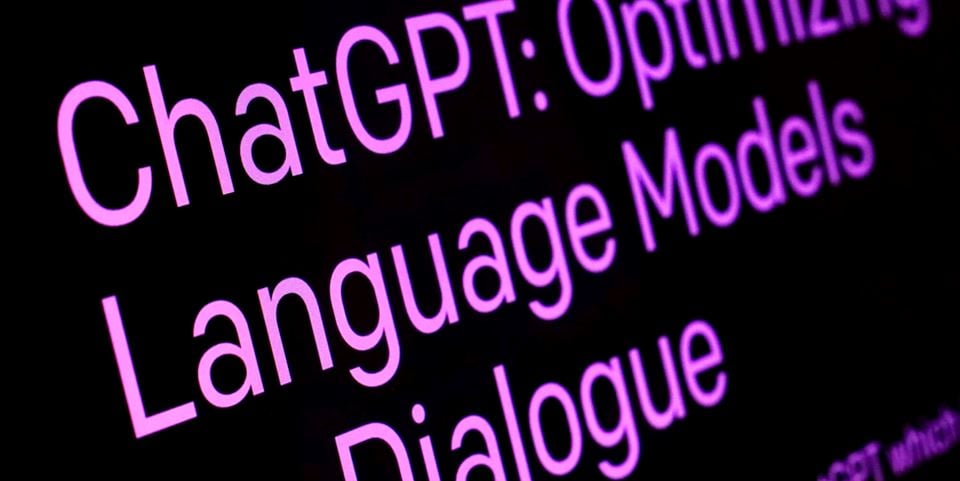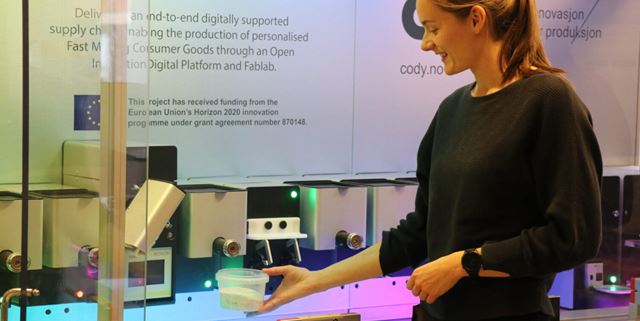The success of ChatGPT is giving us a false impression of how far AI has advanced. The global challenges we face in the fields of health, sustainability and climate change will never be met using language models.
Getting assistance from ChatGPT to write e-mails or prompt suggestions from Netflix for your next series binge is both a useful and fun application of AI.
But these are baby steps compared with the future opportunities that will be created by the informed development of AI supporting the accelerating pace of the green transition, more effective health treatments and methods to promote more sustainable industries – to mention just a few.
Even more eco-friendly hydropower
Take a look at all of Norway’s hydropower turbines. Effective AI models will be able to predict when these machines need maintenance and repair. Turbine replacement, which for safety reasons is now carried out at an early stage can, with the assistance of AI, be implemented only when it is needed with minimal operational downtime.
“The success of ChatGPT is giving us a false impression of how far AI has advanced.”
This will be good for the climate. It will promote savings in raw materials and boost the financial muscle of the renewables sector.
But we will not achieve progress of this kind until we have developed AI technologies that are very different from the models that we currently regard as the most advanced and which get the most attention.
Different kinds of algorithm
We need machine learning algorithms that are based on two key factors – the objective truths that science has revealed to us across the centuries, and data that are as little as possible influenced by the interpretations of human beings.
In order to meet the major challenges facing society today, we need algorithms that relate directly to the physical world and which can identify interrelationships that we humans cannot see.
AI-generated text responses and fake images may look very impressive. But we don’t need to look into these too deeply to find out that the models used to generate them do not understand a single thing. When it comes down to it, they are merely ‘stochastic parrots’, simply repeating variations on things they have heard before.
AI models that view the world independently
Today, tools like ChatGPT are fed with text strings permeated with the author’s perception of reality and the limitations of language – and image generation models are limited to presenting two-dimensional versions of a three-dimensional world.
For as long as machine learning models only see the world in digital terms, representing a mere shadow of physical reality, we will never fully reap the really major benefits that AI can offer us.
This is why we should be using data derived from sensors to create AI models that can view the world independently. Such models may contain information that extends beyond the simplified mathematical models on which our AI technologies are currently based.
We need smarter technologies
We must build on our existing scientific knowledge and use this to develop hybrid models that combine machine learning with mathematical modelling based on underlying physical laws. All branches of science will have to involve themselves in this work.
Moreover, the industrial sector, which possesses greater know-how than anyone about its own processes, must contribute with commitment and financial support.
The Norwegian government has promised NOK 1 billion in funding for research into AI over the next five years. But what is more important than a debate about how much of this money should go to technology development, is the issue of what direction this development should be taking.
If AI is to offer us the societal benefits that many people are dreaming of and believe in, we need to develop technologies that are a lot smarter than those we have today.
This feature article was first published in the newspaper Aftenposten on 1 November 2023 and is reproduced here with the permission of the paper.




